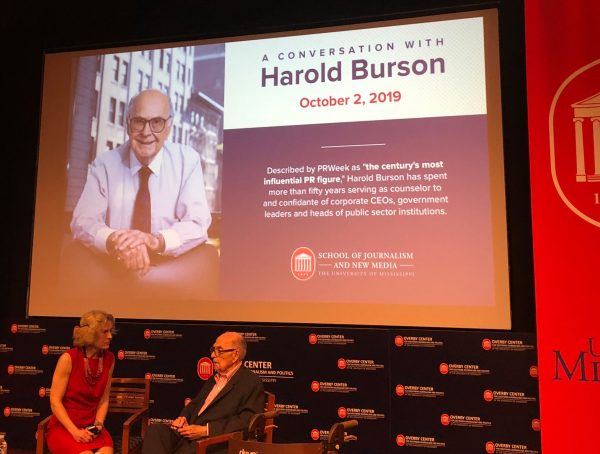 KGO-TV reporter Wayne Freedman has been telling stories for 30 years, and for almost that long, he’s been willing to tell the rest of us how he does it. In his book, It Takes More than Good Looks To Succeed at TV News Reporting, Wayne shares some of his trade secrets. We’re posting these excerpts, with permission.
KGO-TV reporter Wayne Freedman has been telling stories for 30 years, and for almost that long, he’s been willing to tell the rest of us how he does it. In his book, It Takes More than Good Looks To Succeed at TV News Reporting, Wayne shares some of his trade secrets. We’re posting these excerpts, with permission.
“Sometimes I wonder why we call our work television news ‘stories’ when so many of us overlook the ‘story’ part. We get distracted by deadlines and details, and forget a basic fundamental: stories have characters. It’s so simple. Events happen to people. When you build stories around them, audiences take a stake in those people and their situations. Let viewers see a little of themselves, or someone they know. By using characters, reporters can ground any story in the real world.”
“Find a person. Tell a story. Weave the facts of the news inside it. See news events as daily dramas and the people within them as role-players. When you look beyond a newsmaker’s function and examine the individual instead, you can make almost anyone interesting, from an embattled politician to an overworked detective, to a man on the street, to a civil engineer with a clipboard.”
“Here’s a trade secret—with a proper beginning and ending, the middle of a story will usually take care of itself. You’ll always find it easier to write a piece if, before leaving a location, you already know how it will start and finish. Think of this as planning your entrance and exit routes.”
“When you use a sound bite to either open or close a piece, pair it with a line of track. In an open, that line should precede the sound bite and introduce the moment or character. If you close with a sound bite, it should be stronger than any other words you might write. In such cases, the written line it’s paired with should signal the end of the story. Any trailing sound should amplify or complete that thought, and then close the door on the piece.”
“Endings leave the lasting impressions. No matter how strong the rest of your material may be, a weak ending guarantees a weak piece.”
Want to hear more from Wayne? Here’s a segment of a video portrait of this “frustrated feature reporter”:









4 Comments
Some more recent stories from Wayne Freedman.
I love working with that guy!
Maybe Tomorrow… http://vimeo.com/1088902
A Head 4 Numbers… http://vimeo.com/2461646
They’re Really Pretty… http://vimeo.com/2179611
Deborah,
Thanks for the nice words on your page. I am one of your regular readers, so imagine my surprise at seeing your piece about that ‘frustrated feature reporter’ who took himself too seriously.
FYI…I hardly do feature stories, anymore. It was a matter of adapting to survive.
Now, I’m the lede guy, the breaking guy, the fire guy, the hurricane guy, the environmental guy, the science guy, and the pull rabbits from hats guy. Nobody wants features without pegs. That’s the new reality.
But…I still try to apply feature techniques to those news stories. They still have structure and characters when possible, but are not as pretty.
The book is out of print, which frustrates the professors from fifty universities who say they use it. I am updating sections to reflect the new realities, and hope to have a second edition sooner than later.
Thanks for maintaining your page. It remains dignified and important. I particularly appreciate the piece about reporters and photographers knowing their rights. It hit home because two years ago, while covering a fire, a Napa County deputy tossed a photographer and me into handcuffs, and then the back of a cruiser. He suffered from bad judgment, worse information, and ignorance of California law.
Take care, and I hope we cross paths, again.
w.